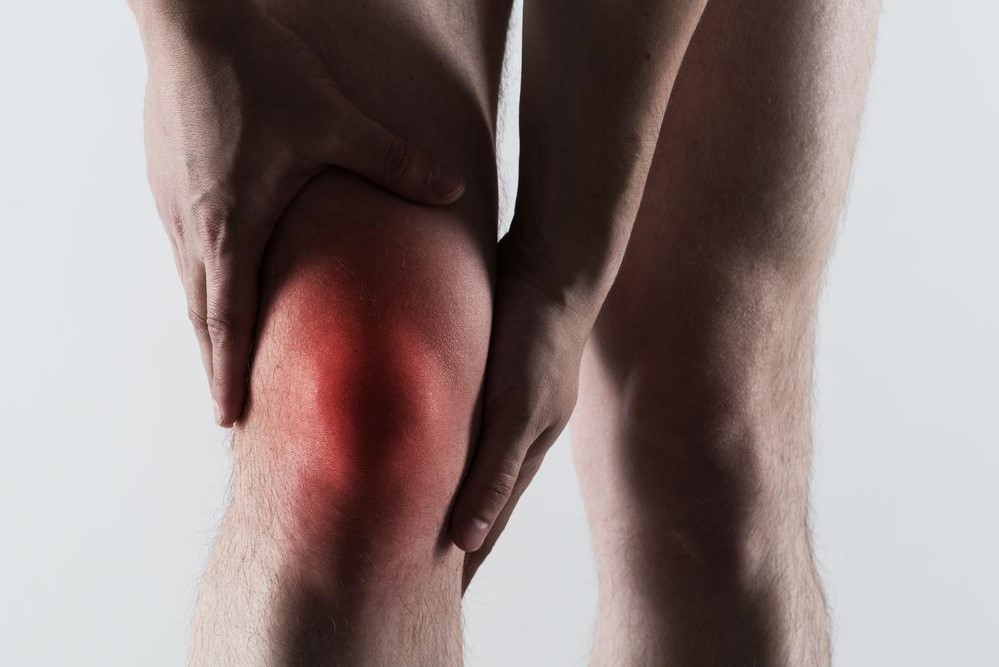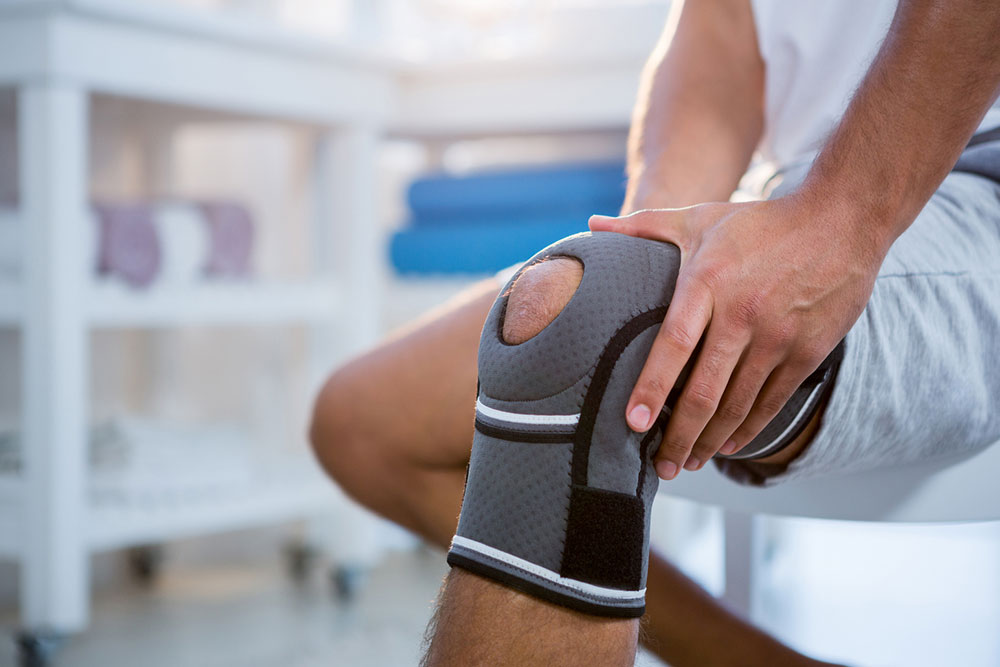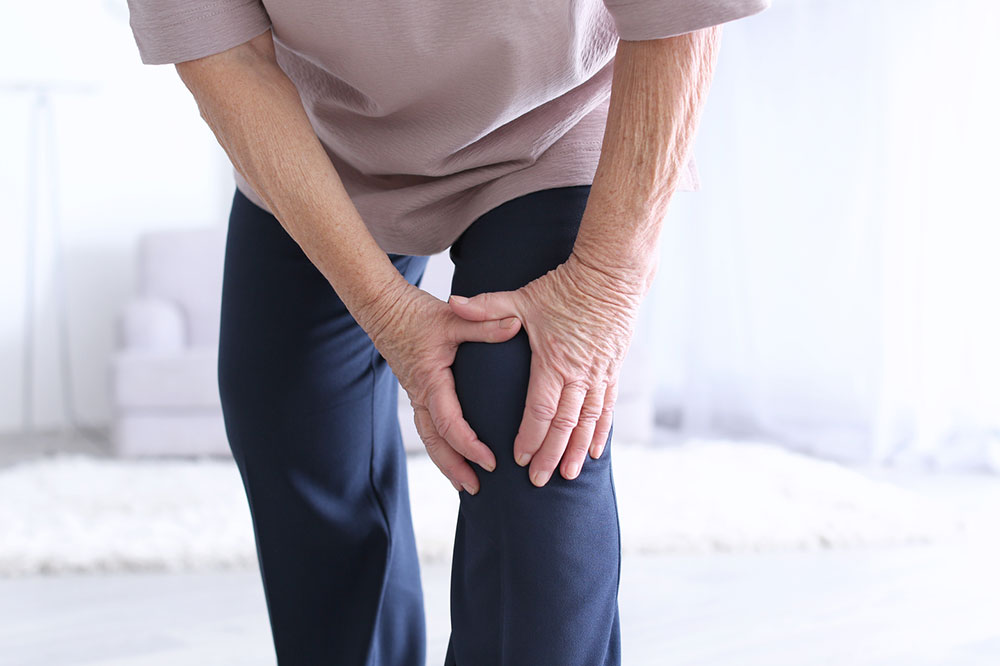Comprehensive Guide to Knee Osteoarthritis: Causes, Symptoms, and Effective Treatment Strategies
This comprehensive article delves into knee osteoarthritis, exploring its causes, early warning signs, and diverse treatment options. Emphasizing prevention and early intervention, it highlights strategies like weight management, physical therapy, medications, and surgical procedures. Providing valuable insights, it aims to educate readers on maintaining joint health, alleviating symptoms, and improving quality of life through effective management of this common degenerative joint disease.

Understanding Knee Osteoarthritis: An In-Depth Overview
The knee joint is one of the most critical components of our musculoskeletal system, enabling us to perform a myriad of daily activities such as walking, running, climbing stairs, and maintaining balance. Proper knee function is essential for a high quality of life, especially for individuals who lead active lifestyles. However, numerous factors can compromise the health of this vital joint, with osteoarthritis being one of the most common and debilitating conditions affecting it.
Knee osteoarthritis (OA) is a degenerative joint disease characterized by the gradual deterioration of cartilage—the smooth, cushioning tissue that covers the ends of bones within the joint. As cartilage wears away due to various factors, bones are left exposed and begin to rub against each other, leading to pain, swelling, stiffness, and decreased mobility. This process can significantly impair an individual's ability to perform routine tasks and diminish overall life quality.
Understanding the Causes of Knee Osteoarthritis
The development of knee osteoarthritis involves a combination of genetic, environmental, and biomechanical factors. Age is a primary risk factor; as people age, the regenerative capacity of cartilage diminishes, making it more susceptible to wear and tear. Obesity is another significant contributor—excess weight puts additional stress on the knee joints, accelerating cartilage degeneration. Previous injuries, such as ligament tears or fractures, can predispose individuals to OA later in life by destabilizing the joint and damaging cartilage.
Genetics also play a role; certain inherited traits may affect cartilage health or joint structure, increasing susceptibility. Infections in the joint and chronic inflammation can further exacerbate cartilage breakdown. Repetitive stress from strenuous activities or occupations that involve kneeling, squatting, or heavy lifting can also contribute to the degeneration process.
Recognizing the Symptoms of Knee Osteoarthritis
Early symptoms of knee osteoarthritis often include mild discomfort or a sensation of tightness in the joint, especially after periods of activity. As the disease progresses, individuals typically experience persistent pain during movement, which can become more severe and occur even during rest. Swelling around the knee joint is common, resulting from inflammation and joint effusion.
Stiffness, especially after long periods of inactivity or sleep (morning stiffness), is another characteristic symptom. Many patients notice a creaking or grinding sound (crepitus) when moving the knee. Over time, joint deformities such as bowing or valgus deformity may develop as the joint structure changes. These symptoms significantly impair mobility and can lead to difficulty walking or performing daily activities.
Diagnosis and Evaluation
Diagnosing knee osteoarthritis involves a comprehensive clinical evaluation, including patient history and physical examination. Healthcare providers assess joint tenderness, swelling, range of motion, and signs of instability. Imaging techniques such as X-rays are instrumental in confirming cartilage loss, joint space narrowing, bone spurs (osteophytes), and other degenerative changes.
Additional tests, such as MRI scans, may be used in complex cases to evaluate soft tissue structures and detect early cartilage damage. Blood tests and joint fluid analysis can help rule out inflammatory or infectious causes. Accurate diagnosis allows for tailored treatment plans aimed at symptom relief and joint preservation.
Treatment Options for Knee Osteoarthritis
Managing knee osteoarthritis primarily focuses on alleviating symptoms, improving joint function, and slowing disease progression. A combination of lifestyle modifications, pharmacological interventions, physical therapy, and minimally invasive procedures are employed based on severity.
**Lifestyle Modifications:**
Weight management is critical; even a small reduction in body weight can significantly decrease knee stress and slow cartilage deterioration.
Engaging in low-impact exercises such as swimming, cycling, or walking helps maintain joint mobility and muscle strength without excessive joint stress.
Using assistive devices like braces, cane, or orthotic insoles can help redistribute load and reduce pain during activities.
**Medications:**
Over-the-counter NSAIDs (non-steroidal anti-inflammatory drugs) are commonly used to reduce pain and inflammation.
Topical analgesics, corticosteroid injections, and hyaluronic acid injections may be prescribed for more severe symptoms or localized relief.
**Physical Therapy:**
Structured physiotherapy programs can strengthen the muscles around the knee, improve flexibility, and stabilize the joint.
**Advanced Treatments and Surgical Options:**
In cases where conservative therapies fail to provide relief, surgical options such as arthroscopy, osteotomy, or knee replacement (arthroplasty) may be considered.
Preventive Measures for Knee Osteoarthritis
Preventing knee osteoarthritis involves a proactive approach focused on maintaining joint health and minimizing risk factors. Regular exercise, maintaining a healthy weight, and avoiding joint injuries are foundational strategies. Proper technique during physical activities and occupational tasks can protect the knee joints from undue stress. Early intervention with physical therapy and medical consultation at the onset of symptoms is essential to prevent disease progression.
In conclusion, knee osteoarthritis is a prevalent degenerative condition that can diminish mobility and quality of life if not managed properly. Understanding its causes, recognizing symptoms early, and adopting a comprehensive treatment plan involving lifestyle changes, medical therapies, and surgical interventions when necessary are critical steps toward preserving joint health and function. Staying informed and proactive can significantly enhance outcomes and help maintain an active, pain-free lifestyle for those affected by this condition.





